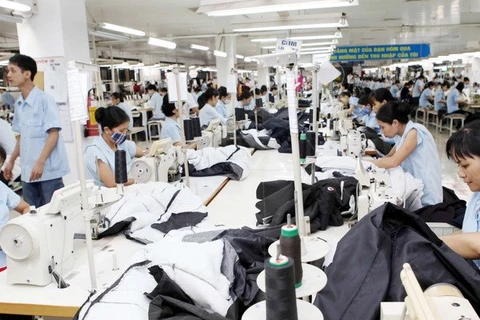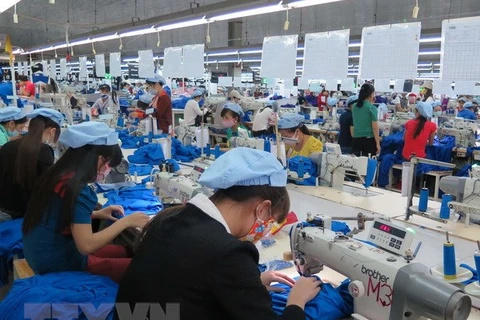HCM City (VNA) - The adoption of a zero percent tariff from January 2018 among member countries of the Association of Southeast Asian Nations (ASEAN) will create opportunities for Vietnamese businesses to seek markets in the region, but competition in the domestic market will also become fiercer with the flood of imports from ASEAN region.
According to the Ministry of Finance, tariff adjustment under 10 free trade agreements (FTAs) will affect the imports into Vietnam in 2018. Those FTAs are the ASEAN Trade in Goods Agreement (ATIGA), ASEAN-China, ASEAN-Republic of Korea (RoK), ASEAN-Japan, ASEAN-Australia-New Zealand, ASEAN-India, Vietnam-Japan, Vietnam-RoK, Vietnam-Chile and Vietnam-Eurasian Economic Union (EAEU).
Besides opportunities for domestic businesses to import good quality machines and material at reasonable prices, it is inevitable that imports will bring fiercer competition for locally-made goods.
For example, under the ATIGA, seven more percent of tariff lines saw import duty reduced to zero percent as from January 1, 2018, bringing the ratio of tariff lines subject to the zero percent to 97 percent. Products forecast to be hardest hit by the tax reduction included automobiles, motorbikes, vehicle components, confectionary, fruit, cattle feed, milk and dairy products, plastic products and home electronic appliances.
In fact, the pressure from regional integration has already been felt in the domestic auto industry.
Experts said the government has protected the sector over the past years with the aim to build a competitive auto industry. The import tariffs of completely build up (CBU) cars were kept at 100-150 percent over the past two decades. Following the ATIGA commitments, automobile import tariffs fell to 70 percent in 2012, 50 percent in 2014 and zero percent in 2018, raising concerns among assembling businesses at home.
The fruit sector may also face difficulties as more and more Thai fruits are entering the market at prices cheaper than those from the US, Europe and Japan.
When import tariffs for fruits falls to zero percent, import volume will increase, which means Vietnamese fruits and farm produce in general will encounter difficulties at home as consumers may prefer imported products.
In recent years, various products like fruits, food, beverages, cosmetics, toys, clothing, footwear and household utensils made in China, Thailand, the Republic of Korea and Japan have been present at trade centres and supermarkets nationwide.
To cope with low-cost import goods, domestic businesses should focus on creating high-quality and competitive products and services, reduce the costs of production and invest in packaging and preservation to secure a firm foothold in the domestic playground and reach foreign markets.
On the bright side, the competition will provide impetus for domestic producers to make stronger changes, said Nguyen Huu Dat, Secretary General of the Vietnam Vegetable and Fruit Association. -VNA
VNA
























